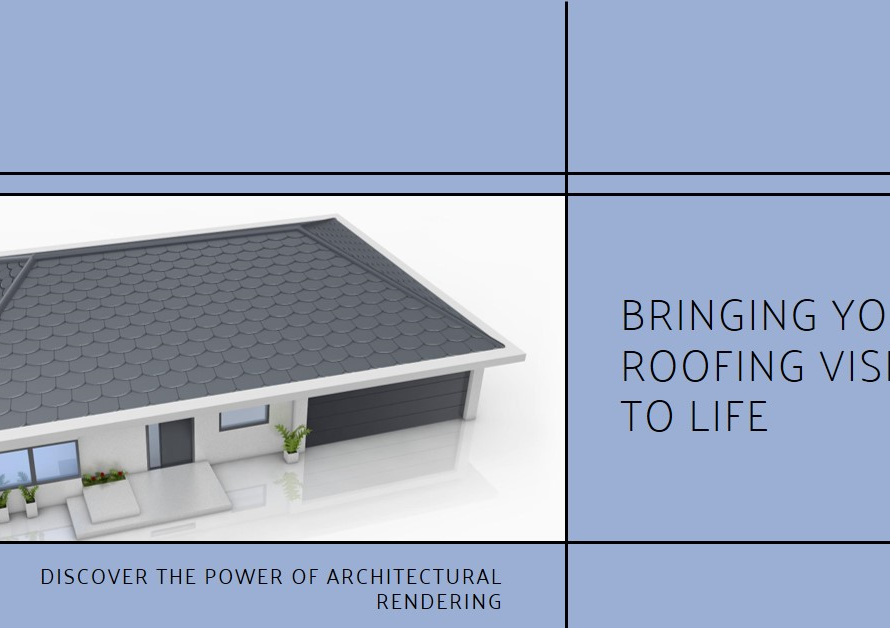
Table of Contents
Introduction: Exploring Tucson’s Architectural Landscape
Tucson, nestled in the heart of the Sonoran Desert, is not just a city of vibrant culture and scenic landscapes but also boasts a rich architectural heritage. From historic adobe structures to contemporary masterpieces, the city’s skyline is adorned with a diverse array of architectural gems. In this blog post, we embark on a journey to discover Tucson’s top architects and the iconic landmarks they’ve contributed to the cityscape.
The Pioneers: Architects Who Shaped Tucson’s Identity
At the forefront of Tucson’s architectural legacy stand visionaries who laid the foundation for the city’s distinctive character. Among them, Josias Joesler emerges as a central figure whose influence permeates throughout Tucson’s built environment. Renowned for his blend of Spanish Colonial Revival and Mexican architectural styles, Joesler’s legacy is evident in iconic structures like the Arizona Inn and St. Philip’s in the Hills Episcopal Church. His commitment to preserving the region’s cultural heritage continues to inspire architects to this day.
Modern Innovators: Pushing Boundaries in Architectural Design
As Tucson evolves, so too does its architectural landscape, thanks to the contributions of modern innovators. Architects like Rick Joy have gained international acclaim for their bold and contemporary designs that seamlessly integrate with the desert surroundings. Joy’s work, including the Desert Nomad House and the Ventana Canyon House, reflects a deep respect for nature and a commitment to sustainability. These architects are not just shaping buildings; they’re shaping the way we experience and interact with our environment.
Sustainable Visionaries: Building a Greener Future
In an era of increasing environmental awareness, architects in Tucson are leading the charge towards sustainable design practices. The firm Poster Frost Mirto, known for projects like the LEED-certified Tucson Electric Power Headquarters, demonstrates how sustainable architecture can be both environmentally conscious and aesthetically pleasing. By prioritizing energy efficiency, water conservation, and the use of eco-friendly materials, these architects are not only reducing the ecological footprint of buildings but also setting a precedent for future development.


Cultural Custodians: Preserving Tucson’s Heritage
Tucson’s architectural landscape is a testament to its rich cultural heritage, and architects play a crucial role in preserving this legacy. The work of Barbara Grygutis, a public artist and landscape architect, exemplifies this commitment to cultural preservation. Through projects like the “Hohokam Passage” at Tucson International Airport, Grygutis celebrates the region’s indigenous history and creates spaces that resonate with local communities. These architects understand that preserving the past is essential for shaping a more inclusive and cohesive future.
Community Collaborators: Engaging with Local Residents
Architecture is not just about designing buildings; it’s about creating spaces that enhance the lives of those who inhabit them. Architects in Tucson are actively engaging with local residents to ensure that their designs meet the needs and aspirations of the community. Organizations like Poster Frost Mirto have been instrumental in fostering this collaborative approach through initiatives like the Tucson Origins Heritage Park. By involving stakeholders in the design process, these architects are empowering communities and fostering a sense of ownership over their built environment.
Educational Advocates: Nurturing the Next Generation of Architects
The future of architecture in Tucson relies on the cultivation of young talent, and architects are taking an active role in shaping the next generation of design professionals. The University of Arizona’s College of Architecture, Planning, and Landscape Architecture (CAPLA) serves as a hub for innovation and education in the field of architecture. Through mentorship programs, internships, and hands-on learning experiences, aspiring architects are equipped with the skills and knowledge needed to tackle the challenges of tomorrow.
Technological Trailblazers: Embracing Innovation in Design
In an age of rapid technological advancement, architects in Tucson are embracing cutting-edge tools and techniques to push the boundaries of design. From Building Information Modeling (BIM) to parametric design software, firms like Swaim Associates are harnessing the power of technology to streamline the design process and optimize building performance. By leveraging digital tools, architects can explore new design possibilities and deliver projects more efficiently, ultimately enhancing the built environment for generations to come.
Conclusion: Celebrating Tucson’s Architectural Renaissance
In conclusion, Tucson’s architectural landscape is a testament to the creativity, innovation, and cultural diversity that define the city. From the historic adobe structures of the past to the sustainable skyscrapers of the future, Tucson’s architects continue to shape the city’s identity and inspire generations to come. By celebrating the work of these visionary designers, we not only honor the past but also pave the way for a more vibrant and sustainable future for Tucson and beyond.



